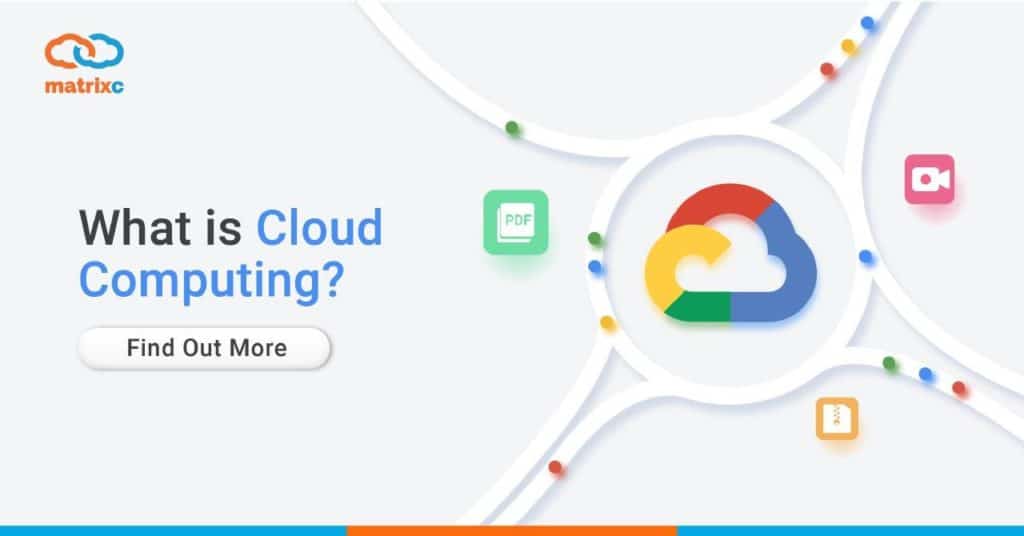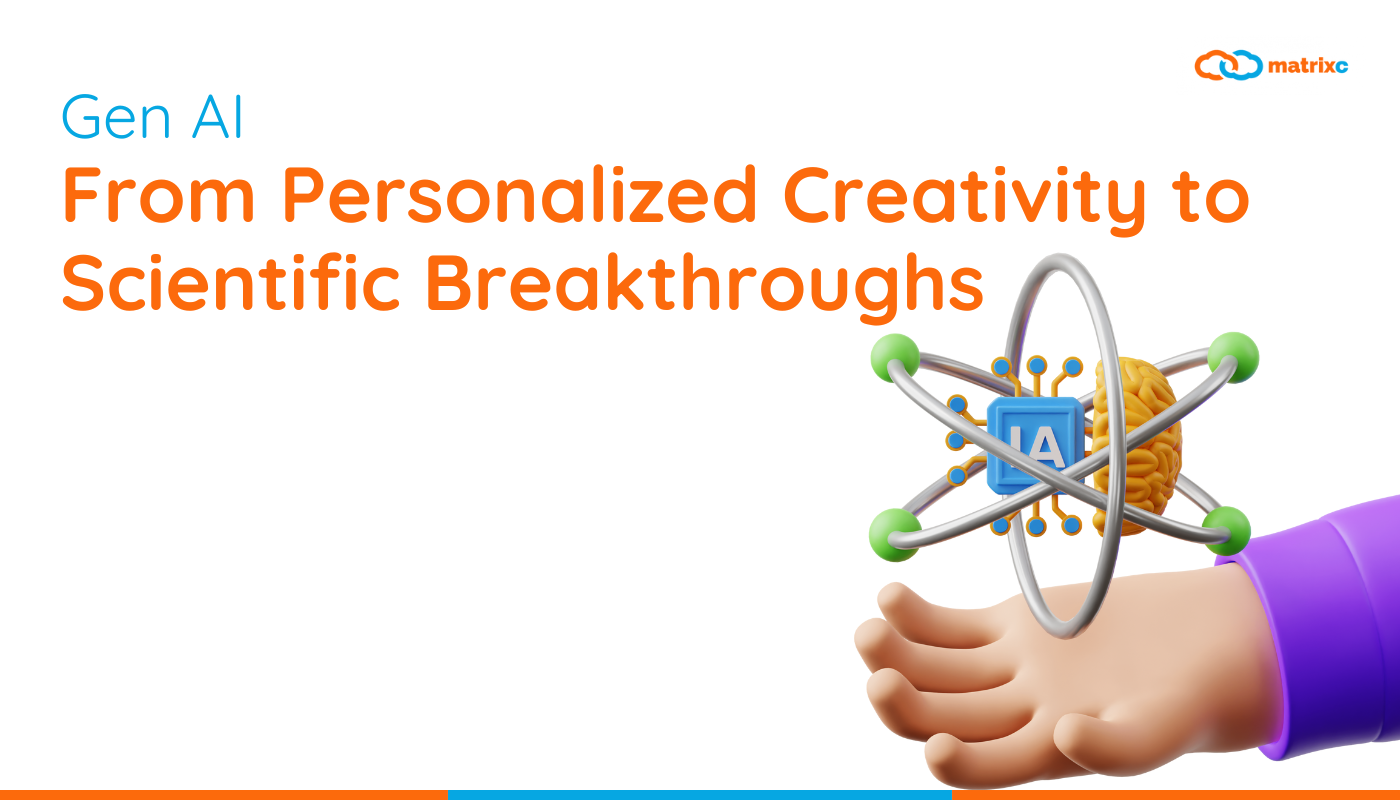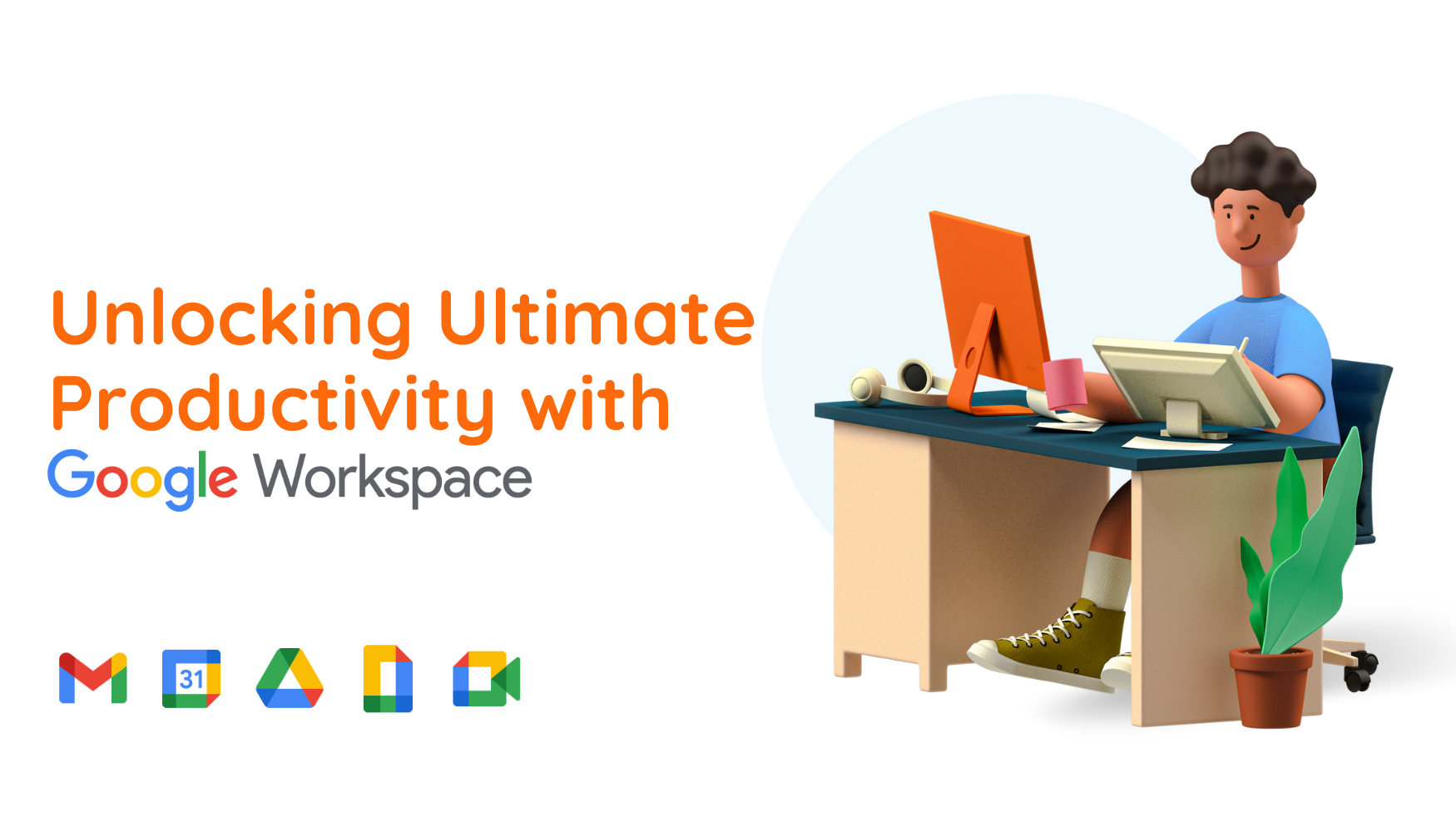When we say that we provide Google Cloud Platform solution, a lot of you asked us, “Meaning?” To begin with, let’s start with: What is Cloud Computing?
A little backstory here, it all began from a tiny office of Compaq Computer where a small group of tech executives was coming up with a scheme of the future of Internet business. Soon after, they name it “cloud computing” and the rest is history.
Since 1970, many companies are finding that buying computer services is a better business scheme than to do it yourself. This leads to our new leading trend of cloud computing, and it is inevitably linked to the Internet’s relentless surge. But what exactly is cloud computing?
To translate, cloud computing is a function when instead of storing all the computer hardware and software you’re using on your desktop or your company’s network, it’s provided for you as a form of service – by another company and somewhere accessed over the Internet in a completely seamless way.
How it works and where the hardware and software are located doesn’t really matter to you, the most important idea is that it is there whenever you need it. This vague and indefinite location is exactly what the nebulous “cloud” that the Internet represents.
Nonetheless, there are several ways to go about the definition of cloud computing because it stands for different meanings to different people. While others take that to mean ‘any IT outsourcing’, a more accurate description would be ‘on-demand data centers available to many users over the Internet, without direct active management by the user.’
Let us give you some examples:
Amazon is a big brand and it is going global for quite a long time. When Amazon expanded, it started to receive massive online traffic as it gradually shifted its online business away from book retailing to overtake Walmart in general retails. However, this change gave rise to a problem as they now have to keep their websites and application operating constantly.
To keep a website running, Amazon will need comprehensive infrastructures like servicers, storage systems, host systems, networks, routers, and so on. The work that is done on these infrastructures – the way they run – is known as computing.
In these circumstances when the traffic kept going up, Amazon would have to spend millions of dollars on its infrastructure. But how does this keep up? We all know that Amazon was a retail company and conventionally, the business scheme on that nature comes with a very low-profit margin. Continuing that, the business can burn out and can no longer be sustainable. So, Jeff Bezos had to find an alternate approach to support Amazon’s massive infrastructure operation.
From this, Bezos and his team start pivoting, conducting thorough research, and start to find a solution to overcome their adversity. During their time finding the way, at the same time, the advent of wireless technology came into place that has influenced their thought processes greatly. Bezos had an idea of grasping the brilliant opportunity, they have invented technologies only for their own, but if they can lend some of their infrastructures to other businesses – in exchange for payment, which in turn helping to lower the overall operational cost. There, when a company, say from Bhutan wants to rent space of Amazon’s infrastructure warehouse, they could just do it by accessing it through the Internet.
This space right here is what we called as ‘cloud’. It has no shape or size, but it has capacity enough to carry out its computing duties. This is what we term as ‘cloud computing’.
Then what is Google Cloud Platform?
Unlike Amazon, Google is not a retail store and they are not, in fact, bothered to have an effective cost on running their infrastructure. Google is a technology company and one of the biggest software developers in the world, and that is why the idea of cloud computing aligns with its direction.
For the past 20 years, Google has been building one of the fastest, most powerful, and highest quality cloud infrastructure on the market. Even internally, Google uses this infrastructure to run its global-scale and high traffic services, including applications like Gmail, Google Maps, Google Search, and Youtube.
Looking at the size and scale of these services, Google too has invested heavily in optimizing its infrastructure and creating the best suite of tools and services to manage it efficiently. The best thing is that Google Cloud could actually make this sophisticated infrastructure and its resource management accessible for all, right at our fingertips.
When you run a website or a service on Google Cloud Platform (GCP), Google keeps track of all the resources it uses – information like how much power is used up for processing, data storage, database queries, and the network connectivity it consumes. Instead of leasing a server or a DNS address monthly from an ordinary website provider; with Google; you only have to pay per use on a per-second basis.
You can also use GCP when you want to build and run an application that can leverage the power of high scaled data centers in some way. By this, you can reach users worldwide and borrow advanced analytics or AI functions in a cost-efficient way. And the best thing about this is that you’re not paying for the machine, but rather the resources the machine uses.
In a nutshell, GCP is one of the best and practical options in public cloud space today, if you want to embark on the cloud computing journey. This is our general overview of cloud computing and the benefits that GCP offers. If you’re interested to know more about the product or the service comparisons, please stay tuned for our next cloud-related article!
Questions? Please email us at marketing@matrixc.com. We’re pleased to answer any questions!
Meanwhile, do check our other write-up on ours: Best Practices to Secure Your Google Admin Account if you’re interested!
















